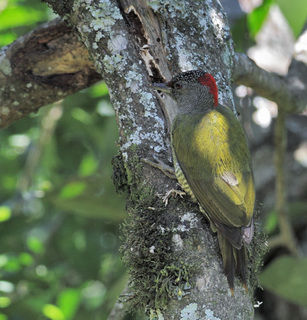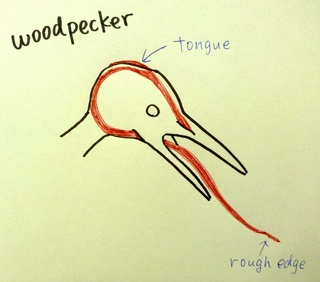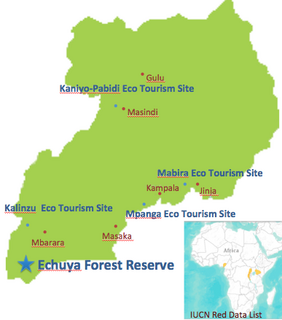#20 Tullberg's woodpecker
Fetch error
Hmmm there seems to be a problem fetching this series right now.
Last successful fetch was on February 26, 2024 14:05 (
What now? This series will be checked again in the next day. If you believe it should be working, please verify the publisher's feed link below is valid and includes actual episode links. You can contact support to request the feed be immediately fetched.
Manage episode 282176374 series 1070014
>>Listen to the story about Tullberg's woodpecker
Cannot listen? Download the sound file from here!
再生できない場合、ダウンロードは🎵こちら

Tullberg's woodpecker
(Campethera tullbergi)
Photo by Nick Athanas
Enjoy his impressive photos from http://antpitta.com/
How long is the woodpecker's tongue??

The woodpecker's tongue is long enough to reach insects in side of the tree and
even the edge of the tongue has rough surface to catch insects.
Where can I find
Greater Honeyguide in Uganda?

This bird can be found in Echuya forest reserve.
Press "read more" for the full Script of the program
21. Tullberg's Woodpecker
NFA bird Podcast: I am Johnnie Kamugisha. The bird for today is Tullberg's Woodpercker
This a plain olive-green above with a red cap variably mottled blackish on the crown.
The sides of the face and throat are grey with very fine dark barring.
The rest of the underparts are yellowish-green barred all over with dark olive.
It is 19 cm long.
Woodpeckers, Piculets, Wrynecks, and Sapsuckers are a family, Picidae, of near passerine birds.
Members of this family are found worldwide, except for Australia, New Zealand, Madagascar and a few other areas.
Most of them live in forests or woodland habitats, save for a few known to leave in treeless areas, like rocky hillsides and deserts.
Woodpeckers range from highly antisocial solitary species that are aggressive to other members of their species, to spp that live in groups.
The woodpecker diet consist of mainly insects and their grubs taken from living and dead trees, fruit, nuts and sup from live trees.
The insects prey most commonly taken are those found inside tree trunks, whether alive, dead or rotten.
Woodpeckers have got barbed tongues which they use to excavate their prey.
These may be obtained either by gleaning or, most famously, by excavating wood.
They nest in tree cavities and they excavate their own nests.
The nest is usually only lined from the wood chips produced as the hole was made.
Many woodpecker species excavate one hole per breeding season, and it takes about a month to finish the excavation.
Tullberg's Woodpecker is said to have been split into two Uganda remaining with the one called Fine-banded Woodpecker.
It can be found in forests like Bwindi, Echuya among others.
The bird for today is Tullberg's Woodpecker and am Johnnie Kamugisha.
15 епізодів




